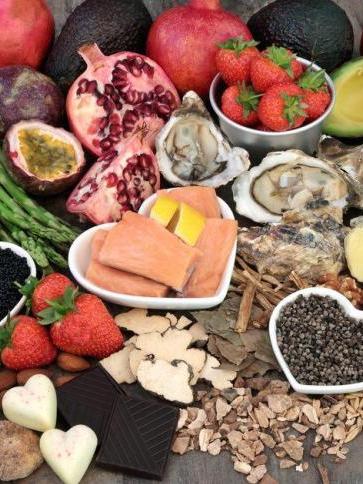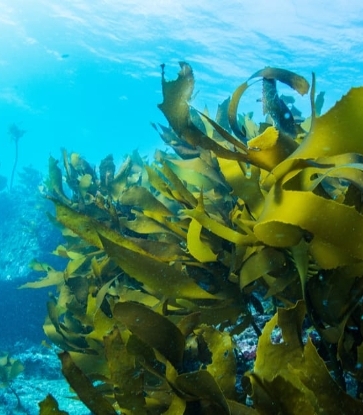That scenario might not be too far-fetched given the sheer volume of fish that we consume and scientists say it could be a reality within just a few decades.
Thankfully, the authorities have been on the case. Since 1999, Hong Kong in cooperation with Mainland China has imposed annual fishing bans in hopes of preventing overfishing and replenishing marine livestock.
The original ruling banned trawling for two months every year. It might seem drastic to some but it isn’t unique to Hong Kong. In fact, just in October 2016, the European Union proposed banning all commercial fishing of Atlantic sea bass, which otherwise weighs in at 570 tonnes per year. Japan’s Kyoto Prefecture as well as South Africa also have similar moratoriums.

But Hong Kong’s ban duration has since increased to two and half months and then extended even further to three and a half months in view of the decline of Mainland’s fishing industry. This year, it’s in effect from 1 May to 15 August and spans the areas around the East China Sea, South China Sea, Bohai and Yellow Sea.
Even more fishing methods are prohibited now than before. Methods such as purse-seining, gillnetting and trapping are now illegal, leaving only longlining and the most basic angling ways permissible. These measures inevitably lead to reduced catch.
So how does it affect seafood-loving Hong Kongers?
Mr Lee Choi Wah, Chairman of Hong Kong Chamber of Seafood Merchants Limited explains that banning trawling means household favourites like the golden threadfin bream, the red tilefish (‘horsehead’ fish) and flatfishes will be in short supply.
“Take the golden threadfin bream for example: we can still catch them through longlining, but the amount would reduce by 50-70%, which would make prices go up by about 30%,” he says. “Supply of crustaceans like shrimp and crab would be depleted as well.”

Michelin-recommended restaurant Yee Tung Heen was about to launch a dish featuring the golden threadfin bream cooked with tomatoes, but with the ban in effect, the unstable supply of the fish caused Chef Wong Wing Keung to rethink. Other affected dishes, like stir-fried shrimp with eggs, have been taken off the menu temporarily.
Silver Lining
Still, the ruling does have a silver lining for restauranteurs. Sam Chung, proprietor of the one Michelin-starred seafood restaurant Loaf On, says that it’s a good time to try out other fish varieties.
“Why not try out less common fish?” he asks. “The Hong Kong grouper and the Chinese silver pomfret no longer visit Hong Kong waters outside of the moratorium period, since trawling damages the seabed, their main source of food. They can be caught during the moratorium, however.”
He points out that local restaurants also use imported seafood like abalone, mud crabs and mantis shrimps.
He concludes: “To me, the moratorium is merely a part of eating with the seasons.”

















